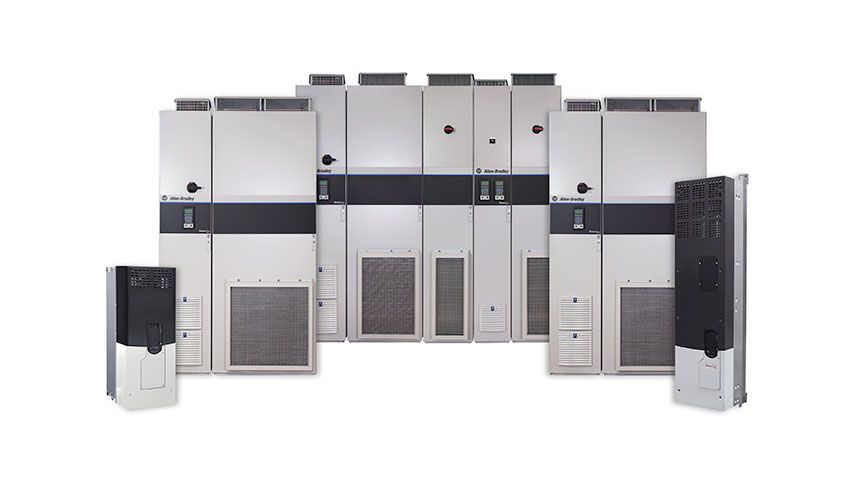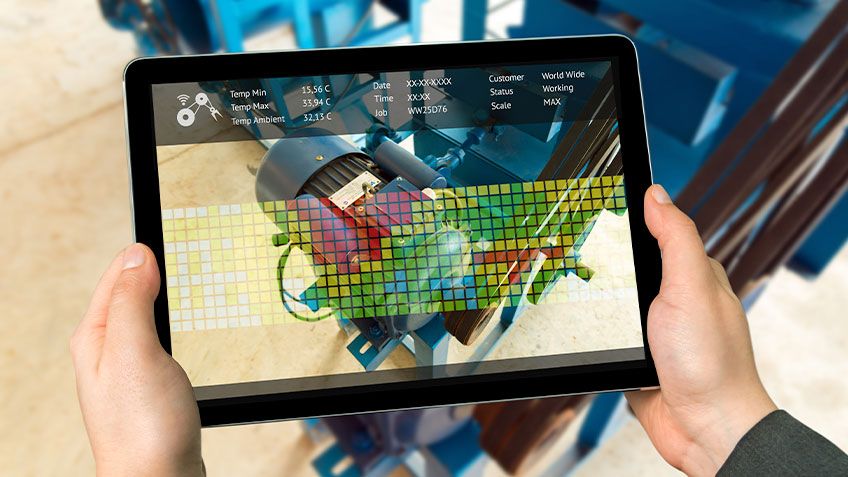Over the past decade, enabling technologies, including EtherNet/IP and the Internet of Things (IoT), has helped OEMs reduce complexity and deliver truly information-enabled machines. Today, smart manufacturing and industrial operations embrace a new way forward. This new direction is highly connected so devices and processes can be continually monitored and optimized.
Smart production is driving new opportunities for end-users as they look to optimise their production and supply chains by bringing together islands of information. Advances in technologies such as the IoT are enabling devices to get smarter and meet end-users’ networking, integration, diagnostics and intelligence demands.
Electric motors are a major source of energy consumption in industrial applications, consuming about one-fourth of the world’s electrical energy. In an attempt to reduce this significant production cost, more industrial producers are installing variable-frequency drives (VFDs) to control everything from appliances to compressors.
VFDs offer value in every industrial sector. Because low-voltage VFDs can adjust motor speed to demand, they are valuable in high-demand industries or applications, including drives that use hydraulic or pneumatic drilling systems. Some of the greatest energy-saving benefits accrue in high-demand or energy-intensive applications and machinery used in metals and mining, wastewater treatment plants, cranes and hoists, centrifuges, tire and rubber, and oil and gas. In these applications, low-voltage AC drives control motor speed and torque, mitigating mechanical stress damage to machinery.
Self-awareness Reduces Downtime
As a result of advances in network and communication technology, motors and drives are gaining improved integration and connectivity. Today, drives with built-in predictive analytics can prevent significant unplanned downtime. For example, drives have built-in cooling fans to keep them from overheating. If one of those cooling fans stops working, the drive will overheat and fault, which causes unplanned downtime.
TotalFORCE technology is one way of solving this problem by modeling the fan’s predicted life. This analytical model is more than a simple counter – it takes into account measured ambient temperature (sensors are built into drive modules) and measured fan speed. Decreasing fan speed is an indicator that the fan’s bearings are failing.
The predictive maintenance model gives a notification over EtherNet/IP to the control system once the fan has reached a certain percentage of its predicted life – 80 percent by default.
A connected system can give the maintenance team a notification to replace the fan during the next scheduled outage, thereby avoiding the unscheduled downtime scenario. Furthermore, a connected system can be used to automatically check inventory of replacement parts and order if necessary.
TotalFORCE technology combines high performance motor control, advanced self-monitoring capabilities and a contemporary digital platform to deliver faster, more precise and responsive AC drives.



